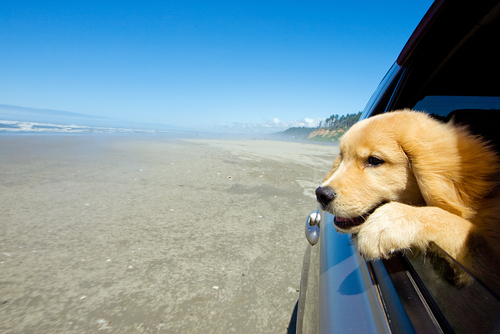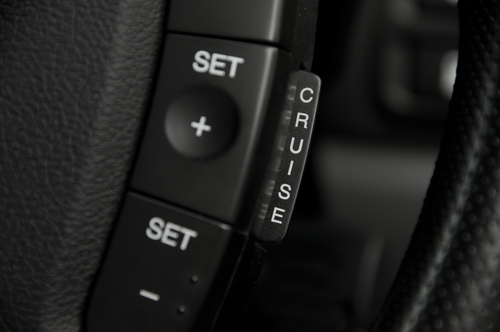Drive Wisely
Reducing idling and driving efficiently can lower your fuel costs by around 10%. Follow a few simple tricks to save money, reduce climate pollution, be safer, and extend the life of your vehicle!
Your Impact
Action Steps & Tips
Introduction

There are many easy ways to drive more fuel efficiently! Simple changes like not idling your car (not leaving the engine running when you're not moving) or regularly checking your tire pressure can reduce your gasoline use significantly. In fact, 2 minutes of idling uses the same gas as driving one mile and one hour of idling uses up to 1 gallon of gas!
These actions reduce wear and tear on your vehicle and tires — saving you more money in the long term. They also reduce climate and air pollution!
Driving wisely:
-
Saves gas and money
-
Reduces climate and air pollution
-
Is easy to do and costs nothing
-
Helps reduce wear and tear, extending the life of your car
1Adopt smart driving habits
Reduce idling. If you have a gas powered vehicle, reducing idling makes a big impact! Idling wastes gas and creates a significant amount of climate and air pollution. Idling for just 10 seconds uses more fuel than turning off and restarting your engine. If you will be stopped for more than 30 seconds, turn off your vehicle or put it in neutral.
Think about the times when you may idle your car: warming up the car before driving, during pickups or drop offs, going through a drive through or while selecting music or checking emails before driving. Then make a plan:
-
Get ready to drive before you turn on the car
-
Turn off your engine in the drive through, during a pickup or any other time you will be more than 30 seconds.
-
To warm up your car if you are in a cold climate, idling for 30 seconds is usually enough time for newer cars, for older cars it may take 2-3 minutes.
Post a note on your dashboard as a reminder! Some car models will automatically turn off your engine while idling or have an option to use this setting, check to see if your car has this option.
Cruise your way to savings. There are a additional ways to save on gas:
-
Don’t punch it! Accelerating heavily from the stop sign or speeding to the stop sign and then punching the brakes uses a lot of extra gas and creates extra wear and tear on your engine and brakes. Take off at a reasonable speed and let the engine help slow you down. This saves money on gas and maintenance.
-
Drive the speed limit. Driving closer to the speed limit saves on gas. If you drive 65 mph instead of 75 mph, you can reduce your fuel costs by up to 13%. Use the cruise control to help you stay at the same speed.
-
Reduce AC use. If you are driving less than 60 mph, if it’s not too hot, open your windows instead of turning on the AC. Above 60 mph, it is more efficient to turn on the AC as the wind resistance makes your vehicle use more energy. Also, park in the shade on hot days when possible to lower your AC use.
-
Lighten up. Remove any unnecessary items in your car to reduce your vehicle weight. An extra 100 pounds in your vehicle could reduce your fuel efficiency by 1-2%. Roof racks also increase wind resistance which uses more gas so remove them when not in use.
2Maintain your car & inflate your tires
Service your car regularly. Servicing your vehicle regularly can help save you money on fuel costs and improves the safety of your vehicle. If you drive a gas vehicle, make sure your oil and air filter are changed when due and keep the engine tuned.
Maintain and inflate your tires. Check your tire pressure and wheel alignment once per month. Under-inflated tires can increase gas use by as much as 6%. In fact, it has been estimated that if everyone in the U.S. properly inflated their tires we could save up to 1.2 billion gallons of gas a year! Under-inflated tires also accelerate wear and tear on your tires, causing you to replace them more often. To inflate your tires:
-
Find the correct tire pressure for your vehicle in the owner’s manual or on the yellow sticker inside the door jamb on the driver’s side.
-
Check your tire pressure when the tires are cold, early in the morning or before driving as the tires heat up changing the internal pressure.
-
Inflate your tires. Most gas stations have air gauges and pumps that you can use. You can also buy your own gauge for around $10.


